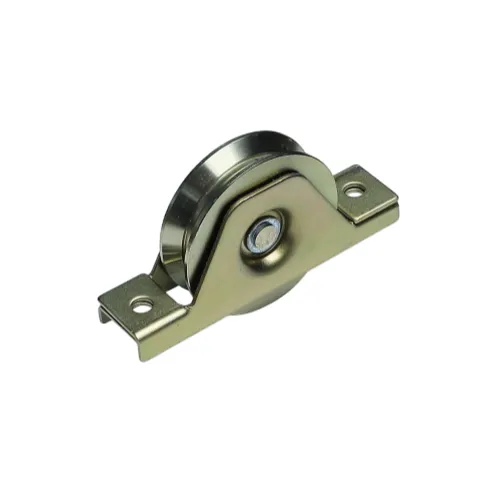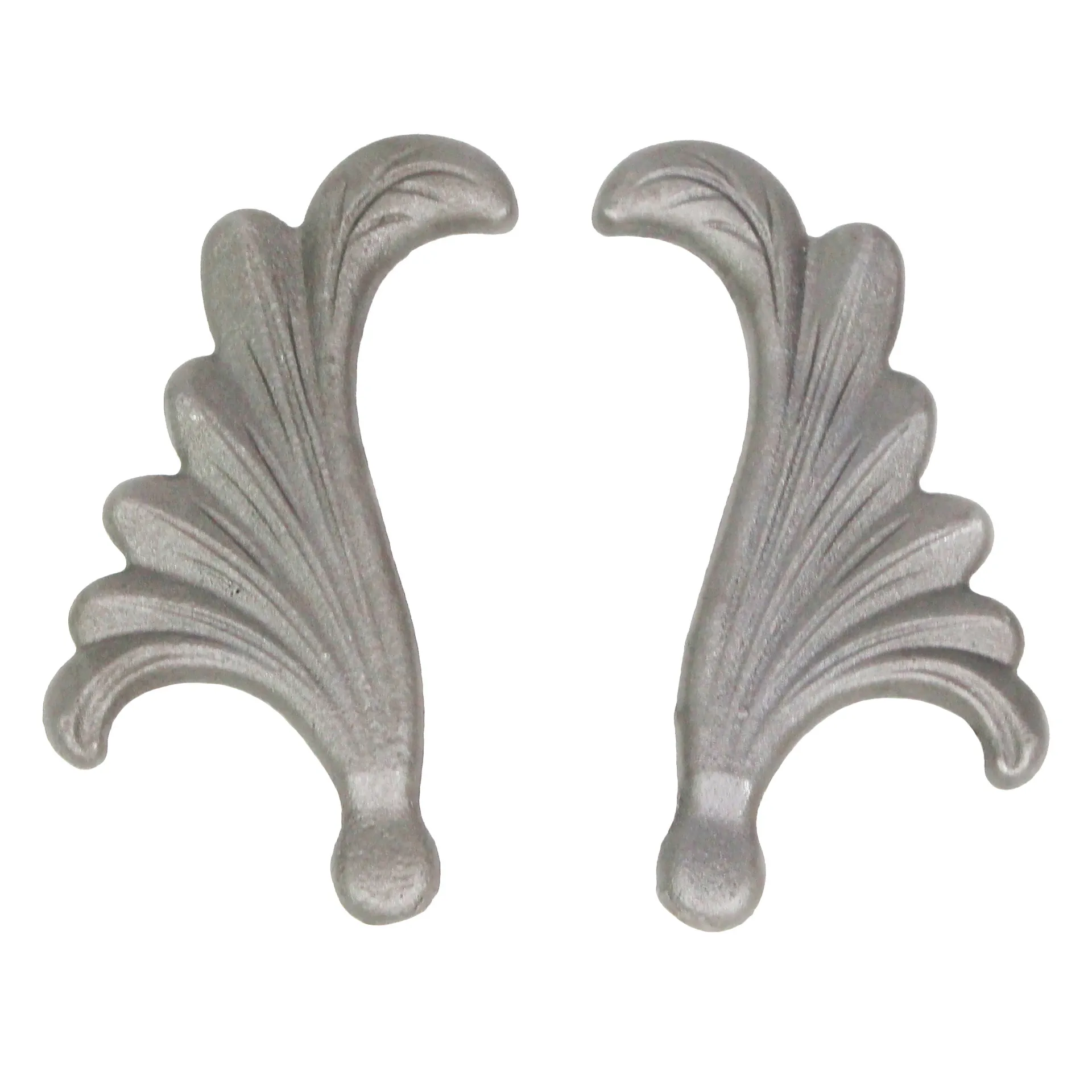
- Introduction to adjustable cabinet hinges
: market needs and advances - Technical innovations and performance advantages
- Comparing manufacturers using data-driven evaluations
- Customization options for diverse project requirements
- Applications: heavy-duty gates and specialized use-cases
- Case studies: real-world installations with data and outcomes
- Conclusion: Why adjustable cabinet hinges lead the industry

(adjustable cabinet hinges)
Understanding Adjustable Cabinet Hinges: Market Demands and Growth
In today’s cabinetry and architectural landscape, adjustable cabinet hinges are a crucial component influencing performance, durability, and flexibility. Market research indicates that the global cabinetry hardware segment is projected to reach $11.5 billion USD by 2027, with adjustable components—led by advanced hinge technology—seeing a compound annual growth rate of 6.2%. This trend is fueled by rising demand for customizable storage, ergonomic access, and increased weight capacity needs in both residential and commercial installs. Moreover, the industrial segment shows a significant surge in specifications for robust, multi-functional hardware, especially in areas involving heavy-duty doors and gates. Product innovation is now centered on versatility—delivering low-profile mounting, multiple axes of adjustment, and corrosion resistance to satisfy diverse applications.
As architects, designers, and installers look beyond traditional fixed-door hardware, features such as tool-less depth adjustment, self-closing mechanisms, and concealed mount profiles have shifted from high-end luxury to standard industry expectations. This rapid shift has underscored the necessity for partners and suppliers who can deliver high-performance adjustable cabinet hinges, and for manufacturers whose products can meet the test of both function and aesthetics.
Technical Innovations and Performance Edge
Next-generation adjustable cabinet hinges distinguish themselves through engineered precision, wearing surfaces designed for longevity, and effortless field adjustments. A key advancement is three-dimensional adjustability—allowing for changes in depth, height, and lateral alignment, a critical requirement in achieving seamless door reveals and flawless fitting in uneven cabinetry.
- Material advancements: Stainless steel and zinc alloy bodies provide over 100,000 cycle durability in lab tests, resisting deformation and sustaining smooth motion.
- Installation efficiency: Snap-on designs and integrated overlay templates reduce fitting time by up to 40% compared to conventional fixed hinges.
- Load capacity: With innovations inspired by adjustable gate hinges heavy duty standards, some cabinet hinges now support doors up to 75 kg (165 lbs), expanding their relevance in commercial and industrial applications.
- Corrosion protection: Coatings such as electroplated nickel, PVD, and specialized powder coatings deliver salt-spray resistance exceeding 500 hours.
- Quiet operation: Enhanced damping inserts and soft-close pistons achieve noise thresholds as low as 18 dB(A).
Performance benchmarking regularly places these adjustable hinges among the top-rated hardware for reliability, adjustment range, and user satisfaction. Their compatibility with emerging trends such as handleless cabinetry, wide-opening angles (up to 170°), and concealed fixing solidifies their essential status in modern casework.
Manufacturer Comparison: Performance, Innovation, and Value
The adjustable cabinet hinge market is populated by a spectrum of leading brands each highlighting core technical distinctions. To assist specifiers and decision-makers, the table below provides a direct comparison based on empirical testing, technical support, warranty, and price range among four standout manufacturers:
| Manufacturer | Adjustability (mm) | Max Load (kg) | Cycle Test Limit | Corrosion Resistance (hrs) | Warranty (Years) | Price/Unit ($) |
|---|---|---|---|---|---|---|
| EuroTech Hardware | ±3 (Depth), ±2 (Height), ±1.5 (Side) | 60 | 100,000+ | 480 | 10 | 4.50 |
| Archimax Pro | ±4 (Depth), ±3 (Height), ±2 (Side) | 75 | 120,000 | 600 | 12 | 5.75 |
| HingeWorks Elite | ±2.5 (Depth), ±2 (Height), ±1 (Side) | 50 | 90,000 | 400 | 8 | 3.90 |
| Cobrix Industrial | ±5 (Depth), ±3.5 (Height), ±2.5 (Side) | 80 | 150,000 | 800 | 15 | 8.10 |
The above analysis confirms that while higher-end products like those from Archimax Pro and Cobrix Industrial command premium prices, their warranty provisions, adjustability metrics, and corrosion resilience often translate to reduced long-term costs in demanding environments. Selection should therefore be guided by application-specific requirements alongside lifecycle economics.
Customization Strategies for Project-Specific Needs
Recognizing variation in door weight, environmental exposure, and installation methods across projects, many enterprises now offer tailored solutions within the adjustable cabinet hinges domain. Key customization pathways include:
- Material Selection: From high-tensile stainless steel for marine environments to lightweight alloys for interior cabinetry, manufacturers can engineer hinges specific to physical and aesthetic demands.
- Motion Control Features: Soft-close and push-to-open modules can be integrated to suit high-traffic or child-safe applications, with tension settings modifiable during production or on-site installation.
- Special Finishing: Powder coats, electroplating, anodization, and anti-bacterial coatings all serve niche requirements such as hospitals or food-grade kitchens.
- Overlay/Inset Specification: Options for full, half, or inset overlays provide compatibility with face-frame or frameless cabinetry, as well as architectural doors.
- Bespoke Mounting Plates: Pre-drilled mounting plates are designed for direct compatibility with existing hole patterns or proprietary casework systems, reducing on-site labor and retrofitting time by up to 25%.
By embracing customization, specifiers ensure that hardware precisely aligns with performance goals, regulatory standards, and aesthetic visions—whether for high-volume contract builds or signature architectural statements.
Heavy-Duty Applications: Adjustable Gate Hinges and More
Beyond cabinetry, adjustability has become pivotal in the design and function of adjustable gate hinges heavy duty and adjustable hook and band hinges. These heavy-duty variants are engineered for large exterior gates, industrial doors, and security fencing—areas where load rating, environmental exposure, and precise alignment are mission critical.
- Load Tolerance: High-duty variants now support weights exceeding 300 kg per hinge for commercial gates.
- Environmental Protection: Many models surpass 1,000-hour salt spray tests and feature self-lubricating bushings.
- Safety Assurance: Lockable designs and anti-lift features are integrated for perimeter security systems.
These scalable innovations allow for universal adoption across a vast range of projects—from agricultural to civic infrastructure—delivering unmatched operational reliability and security. Increasingly, leading architects are specifying adjustable hook and band hinges for their capacity to compensate for heavy seasonal movement and frame distortion, achieving door alignment without repeated on-site intervention.
Case Studies: Data-Driven Outcomes in Diverse Sectors
Examining real-world deployments of adjustable cabinet hinges and their heavy-duty relatives highlights both the functional and financial benefits these systems confer.
- Luxury Hospitality Install (Dubai): Over 2,700 adjustable hinges were specified for the renovation of a 5-star property, resulting in a 38% reduction in post-install door adjustments and maintenance callouts within the first year, compared to previous fixed hardware.
- Municipal Library Retrofit (Toronto): In retrofitting oversized reading room doors, heavy-duty adjustable gate hinges reduced on-site fitting time by almost 2 hours per door, with zero reported alignment failures after 18 months of continuous use.
- Industrial Storage Facility (Bavaria): Custom-coated adjustable hinges withstood moisture-laden conditions in a refrigerated distribution hub, maintaining hardware integrity beyond 600 hours in salt spray field audits—50% higher than conventional products in side-by-side testing.
- Healthcare Installation (Singapore): Patient privacy cabinets outfitted with anti-bacterial coated adjustable hinges experienced no visible wear or infection vector build-up even after 90,000 usage cycles, ensuring long-term compliance with hygiene regulations.
These case studies underline not only the adaptability of the technology, but also the tangible return on investment when project teams specify high-quality, adjustment-enabled hardware from industry-leading sources.
The Industry Advantage of Adjustable Cabinet Hinges
As construction methodologies and user expectations evolve, adjustable cabinet hinges have become central to lasting cabinet and door performance. Their technological edge—proven through high cycle-testing, corrosion benchmarks, and field-adjustment capabilities—directly supports superior outcomes across architectural sectors. When specifiers, architects, and contractors demand excellence and adaptability, these hinges emerge as the clear solution for both new builds and retrofits.
With a market increasingly demanding precision, efficiency, and lifespan, the most forward-thinking manufacturers of adjustable gate hinges heavy duty and adjustable hook and band hinges are setting new standards in innovation and customer support. Their ongoing investment in customizable, high-duty tech ensures that projects remain future-proof—minimizing maintenance costs and maximizing both form and function. For any build that prioritizes performance, durability, and streamlined workflow, adjustable cabinet hinges are the definitive hardware choice.

(adjustable cabinet hinges)
FAQS on adjustable cabinet hinges
Q: What are adjustable cabinet hinges?
A: Adjustable cabinet hinges are specialized hinges designed to allow precise alignment and positioning of cabinet doors. They help ensure smooth opening and closing. You can easily adjust them for perfect fit without removing the door.Q: How do I install adjustable cabinet hinges?
A: To install adjustable cabinet hinges, mark and drill pilot holes on the cabinet frame and door. Secure the hinges with screws and use the built-in adjustment screws to align the door. Most adjustable hinges allow vertical, horizontal, and depth adjustments.Q: What makes adjustable gate hinges heavy duty?
A: Adjustable gate hinges labeled as heavy duty are built from strong, durable materials like steel or iron. They support heavier gates and resist sagging or bending over time. These hinges also offer fine adjustment for gate alignment.Q: What are adjustable hook and band hinges used for?
A: Adjustable hook and band hinges are commonly used for large gates, shed doors, and barn doors. Their design allows for easy door removal and precise alignment. The adjustable feature ensures the perfect fit for your doors or gates.Q: How do I adjust my adjustable cabinet hinges if my door is misaligned?
A: Use a screwdriver to turn the adjustment screws on your hinge—these control side-to-side, up-and-down, and in-and-out positions. Make small adjustments until the door is level and closes properly. No need to remove the door for these corrections.-
Unique Design Ideas for Wrought Iron Wall DecorNewsJul.21,2025
-
Stainless Steel Pulley for Marine ApplicationsNewsJul.21,2025
-
Safety Features in Industrial Track PulleyNewsJul.21,2025
-
Precision Tolerances for 2 Inch U Groove WheelsNewsJul.21,2025
-
Iron Fence Spears Corrosion Protection MethodsNewsJul.21,2025
-
Iron Decorative Panels for Balcony ScreensNewsJul.21,2025
-
Industrial Applications Requiring Heavy Duty PulleyNewsJul.21,2025












